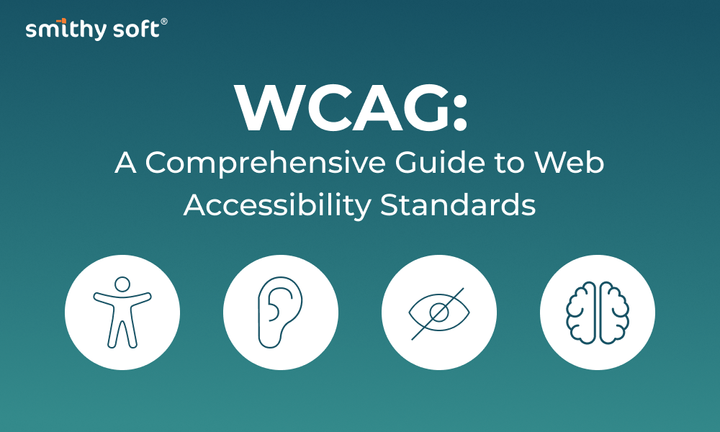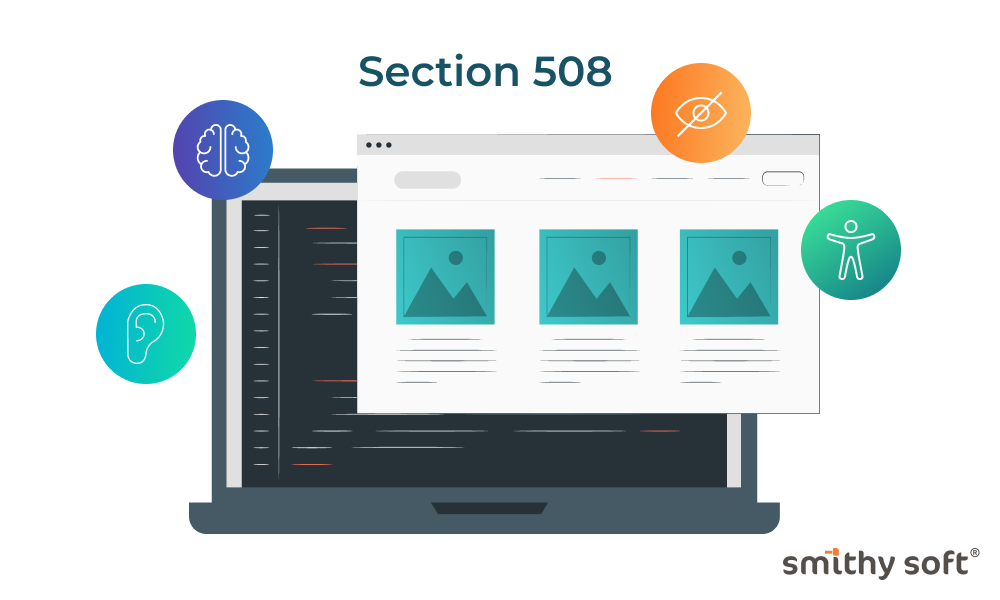Market Validation of Your Business Idea: Methods and Tips

Market validation is the process of determining how successful your product will be in the market. Why is this necessary? To save your time and money from spending them in vain. So, market validation is done at the initial stage of your startup—right after you’ve come up with your super idea.
Is this idea truly brilliant, timely, and functional? Does it have a chance to survive right now? Does it need some tweaking or refinement? If so, how? Market validation research is one of the crucial steps between the idea and its realization, providing timely answers to these questions.
Harvard Business School defines market validation as the process of determining if there is a demand for a product in the target market. It allows you to intelligently predict if people will buy your product or service and if your business will be profitable. Additionally, ensuring market validation can instill trust among investors, crowdfunding platforms, and banks considering funding your startup.
What information will market validation provide you?
Valuable feedback on the eve of launching your product that will let you adjust it for maximum success.
High-quality data on the potential consumers’ initial reaction to your business idea and price. You’ll know how it’s perceived, what kind of reaction it causes, and if people are willing to buy and pay your price.
Market needs: whether the product is unique, impressive, relevant, and required at the moment; who your competitors are and how you stand out; whether there are market gaps you can fill and trends in consumer preferences.
Pain points: problematic aspects, risks, or challenges your product or service might face in the market (low demand, high competition, high prices, or lack of awareness among potential customers).
Collaboration and partnership: data on opportunities to collaborate with other companies or organizations already in the market for joint development and increasing your impact.
5 Most Common Market Validation Methods
- Customer interviews
It is a great way to gain in-depth insights for validating a product idea. Interviews can be conducted individually or as part of group discussions (focus groups). One can execute them in person or remotely through platforms like Zoom. Focus groups and individual interviews can allow one to identify specific pain points that target users may experience quickly.
This method is an excellent source of qualitative data on customer needs and expectations. Its main advantage is flexibility, as, during interviews, you can adjust your questions and follow client ideas. The main disadvantage of interviews is that they take a lot of time and can be challenging to organize (for example, assembling a focus group around a table), making them less practical for large-scale research.
- Surveys
Surveys are an inexpensive and, perhaps, the simplest way to get feedback to confirm your idea. Surveys can reach a large number of people via email or social media. The downside of this method is that participants cannot analyze the product idea in detail and depth; they respond template-like to set questions.
- Prototype Testing
This method involves creating early versions of your final product. It can be a visual representation or a functioning model. Testing gives you an idea of how the product will work in real conditions with real users: their initial emotions, feedback, practical skills, problems, weaknesses, etc.
- A/B testing: A simple but effective market validation method that asks participants to choose one of two options. You can see which one prevails and then ask why.
- Observational Research: Here, you directly observe users interacting with your product, considering their actions, behavior, emotions, disappointments, delays, and all pain points. They can be helpful if you’ve launched alpha and beta testing and found different data from your two user groups.
- Usability testing: This practical testing type allows you to see if your product is straightforward and convenient for potential customers to understand and use. You explore the functionality of your product and how receptive your test market is to the changes you’ve made.
- Using Online Checking Tools
By examining how often people search for specific keywords and terms related to your product, you can understand your user base’s needs a bit and whether your product meets those needs. You can also track the growth of interest over time and location.
Among such free or inexpensive tools for this purpose are:
- Google: it’s the simplest way; start with a search and go to the second or even third page of results. Try to find if there were similar ideas and learn from their mistakes. Also, analyze how many search results your phrase generates.
- Google Trends: see how people’s interests change over time, what is popular and what is not. If you see that interest in a topic or problem is declining, perhaps your idea is not timely.
- Search engine optimization tools like Semrush, MOZ Pro, or Ahrefs. They are powerful analytical tools that help to delve deeper into competitors and search engine optimization.
- Quora: see what people are talking about, what questions they are asking, and what problems they discuss. It is a great and free tool to help you understand your potential users.
- Test Marketing
In essence, you are trying something that doesn’t exist yet. So, to ensure the demand and viability of your idea, provide users with free versions of your product. For digital products, this could be free access to certain features or an application for a specific period. Remember to collect feedback from your users, preferably incrementally, several times during usage. If the trial period is successful, your test subjects will become your first clients.
How to Conduct a Market Validation: Specific Steps
The market validation process can vary depending on your resources, the type of product you’re developing, your industry, and the demographic indicators of your users.
A standard market validation plan includes:
- Recording assumptions
- Creating a test
- Finding research participants
- Conducting research
- Analyzing results
Harvard Business School suggests the following steps for market validation:
- Record your goals, assumptions, and hypotheses. The simple act of recording your thoughts can lead to breakthroughs. Your goals are what you can define, your assumptions are what you can verify, and your hypotheses are what you can test. For example, what is the value of your product or proposition? How do you stand out in a saturated market? What do you know about your business model? What’s more important, what don’t you know? These might be challenging to answer, but, in the end, will save you time.
- Evaluate market size and share. How large is your market? Is there room for you to enter and grab a piece of it? Conduct market research and see what’s possible for your efforts.
- Search for related terms. How can one determine if there’s a demand for their product or service? Just check if your target customers are searching for it online.
- Conduct customer validation interviews. Talk to your potential customers. They will have a general idea of what they want. Learn about their needs, problems, and dream solutions. Be open to the feedback you receive.
- Test your product or service. There’s a reason companies have alpha and beta versions of their products. They do it to address any errors and resolve issues before the product hits the market. Additionally, you’ll find out what works and what doesn’t.
ProductPlan offers ten steps to validate a startup idea quickly:
- Document Your Product Concept. Record assumptions that you can easily verify. Identify your target customer, the problems you solve, and the vital features of your product.
- Decide. Time and resources are always limited. Don’t dwell on details that may ultimately be irrelevant. Use 80% of the obtained information to make decisions. You’ll never reach 100% certainty; getting closer takes too much time.
- Most of What You Document is Assumptions. Validate assumptions immediately. Don’t wait; start working on checking your assumptions right away.
- Find the Truth by Validating Assumptions. Check your assumptions with your ideal customer. Use a landing page or show inexpensive ads.
- Start with Your Network. Utilize your network to reach potential customers.
- Interview Your Customers. Learn about your customers’ pain points. Approach the conversation with a genuine interest in their problems and needs to gather valuable information.
- Ask “Why?”. Understand the core motivation of your customers by repeatedly asking “why.” The “five whys” technique helps determine the real motivation.
- Find Your Value Proposition. Identify the expected benefits customers will get from your product. It can be quantitative, such as saving time or generating additional income, or qualitative, like pain relief or lifestyle improvements. By deeply understanding and documenting this qualitative value through customer interviews, you can set your product apart from the competition.
- Liking Your Idea Isn’t the Same as Buying Your Product. Customer feedback on your idea is subjective. When someone enthusiastically says, “It sounds great” or “It's an interesting idea,” ask them why. Challenge these positive responses to eliminate “false positives”.
- Take the Leap and Enjoy the Ride. Embrace risks! Risk-taking is a sign of successful entrepreneurs, and using these approaches can bring you closer to success.
Startup Grind offers the following methodology:
- Record the problem, not the solution. Try to make it a simple statement.
- Determine if it’s a level 1 problem or not. The problem you have to solve should be one of the main issues your clients face. If the problem is not among the most relevant, don’t expect your client to use it, let alone make a purchase.
- Identify existing solutions. When talking to potential clients, ask how they solve the problem using currently available solutions. If there are no solutions, it may be because too few people have this problem or the market does not exist.
- Look for shortcomings in existing solutions. Ask clients: if they use the product, what don’t they like about it? What is missing? What do they need in this product to make their work easier/faster? You never want to launch a product that is “me too.” You must have a unique advantage compared to competitors.
- Make sure there is a budget for the solution. Study your competitors: if they are growing, raising funds, or hiring, chances are that clients are willing to pay for the product. Talk to your potential clients and find out if they will pay for your product. Dig deeper to find out why they would and, more importantly, why they wouldn’t.
- Use your potential clients to define your roadmap. Assuming you’re solving a level 1 problem that enough people will pay for, you now have a captured audience of 10/20/30/50 people. They could become your first paying clients.
Respondent.io suggests the following steps:
1. Define goals, assumptions, hypotheses, and the target customer.
2. Assess market size and share/competitive landscape.
3. Conduct customer validation (dive into the details and conduct validation research on customers, giving you a practical understanding of what your target market segment needs—their pain points—and how your product can potentially address those needs).
4. Test your product (test it on customers).
Finally, let’s mention the convenient approach of innovator, successful entrepreneur, and business mentor Arnab Ray, who created an online tool “Idea Validator” to help validate your startup idea. The startup idea validation structure is designed to evaluate the idea in six directions: Idea, You, Market, Resources, Finances, and Risks. Each focus area contains five questions.
These focus areas are automatically studied independently, and their connection is also analyzed to ensure that your idea is a good fit. This “Idea Validator” is essentially a self-assessment tool that allows people to analytically confirm their ideas using an intuitively understandable questionnaire.
What should you do after validating your business idea?
You will gain many insights and valuable information based on which you will be ready for the next steps: either continue working on your idea and move to the next stage or abandon it and start over. There’s also an option to refine and improve it based on the results you’ve got.
In any case, you will no longer be hoping but clearly understanding whether your product is ready for the existing market. By testing the practicality and viability of a new product in the target market before investing time and resources in its development, you will better comprehend the real needs of your users and how well your product satisfies those needs.
Market validation can also help secure financial support for your product or idea. Early validation makes investors or sponsors more confident in bringing your concept to the market. Moreover, during the validation process, you may unexpectedly come across another brilliant idea for a startup by observing the current state of affairs and identifying certain “gaps.”
So, be sure to validate your startup idea even before the drafting stage of your business plan!


